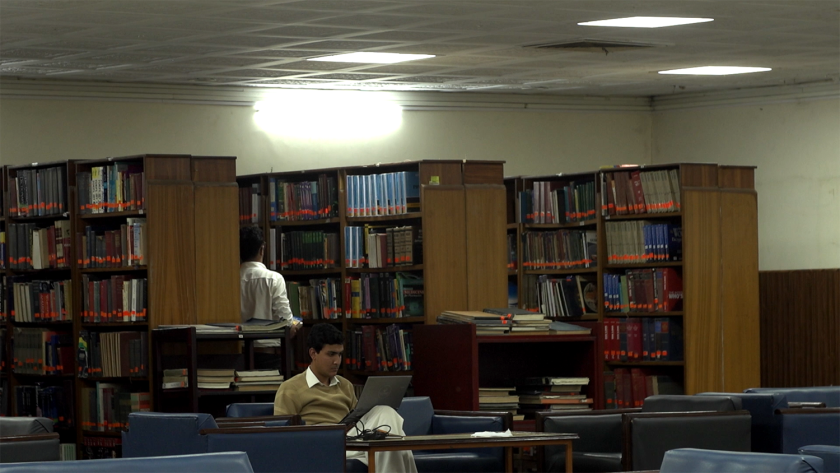
Water Conservation: 7 Simple Ways to Save Water at Home and in Your Business
Water is one of our most precious resources, yet it is often wasted without thought. ...

Pakistan’s transition to energy-efficient lighting could help building owners save up to $290 million in annual electricity costs and cut nearly 1.2 megatons of carbon dioxide emissions annually, the equivalent of taking more than 630,000 cars off the road.
By 2030, the transition to energy-efficient lighting in Pakistan could deliver 1.3 terawatt hours of annual electricity savings, the equivalent of three 100-megawatt power plants.
Pakistan relies on oil, natural gas, liquefied petroleum gas, coal, hydroelectricity and nuclear energy for its power. During summer, when demand for air-conditioning peaks, the country faces an energy deficit of 5,000 megawatts. This leads to rolling black outs, which limit economic growth and make life difficult for citizens.
The energy sector is the most significant contributor to the country’s greenhouse gas emissions. In 2018, Pakistan emitted 489 tons of carbon dioxide equivalent, nearly 45 per cent of which came from energy.
By 2050 energy is expected to make up 64 percent of total emissions in Pakistan.
Around 17 percent of Pakistan’s population is still without access to electricity. As people are connected to the power grid, demand will rapidly increase, making energy efficiency more important, say observers.
Within this context, the United Nations Environment Program (UNEP), the Global Environment Facility and the Pakistan National Energy Efficiency and Conservation Authority teamed up to overhaul lighting of Pakistan’s largest libraries, Raziuddin Siddiqi, which is unique for another reason; on entering the building one won’t hear the tell-tale flicker of fluorescent lights.
Under the overhaul program, the library has replaced all 103 of the fluorescent tubes on its ground floor with energy-efficient light-emitting-diodes (LEDs) which use around one-quarter the power of the library’s old setup and provide better illumination.
The effort encourages homeowners, companies and the private sector to switch from power-hungry incandescent bulbs and florescent lights to high-quality energy-efficient lighting products.
The transition could help save three power plants worth of energy by 2030. That is considered an important step for a country facing power shortages and aiming to reduce its emissions of planet-warming greenhouse gases.
Alongside its work in energy efficiency, the Government of Pakistan has taken a number of steps to combat climate change. These include the Billion Tree Tsunami project. Launched in 2014, the project aims to turn 350,000 hectares of degraded land to forest, which will sequester over 148 tons of carbon dioxide equivalent over the next 10 years.
The government has also pledged to derive 60 percent of its energy from renewable sources and said no new coal power plants will be built.
اترك تعليقا